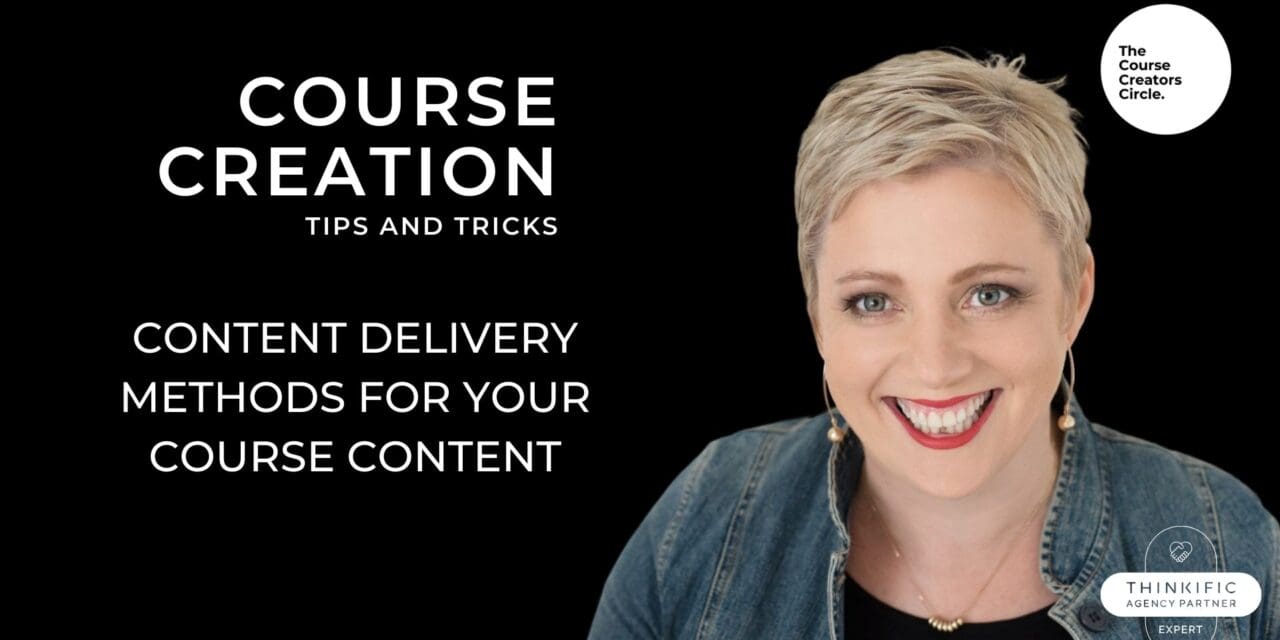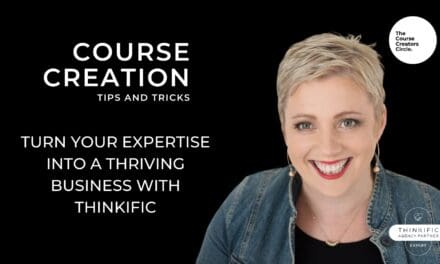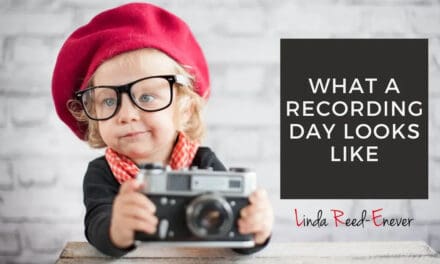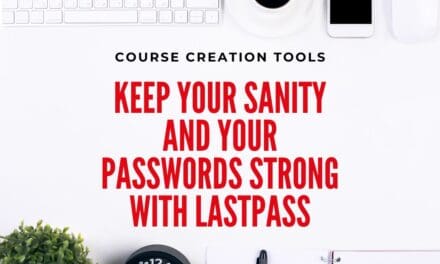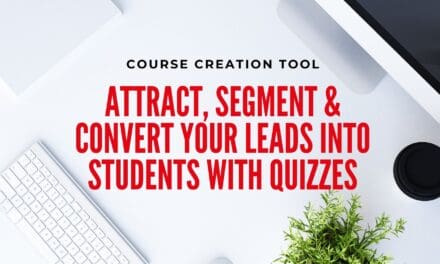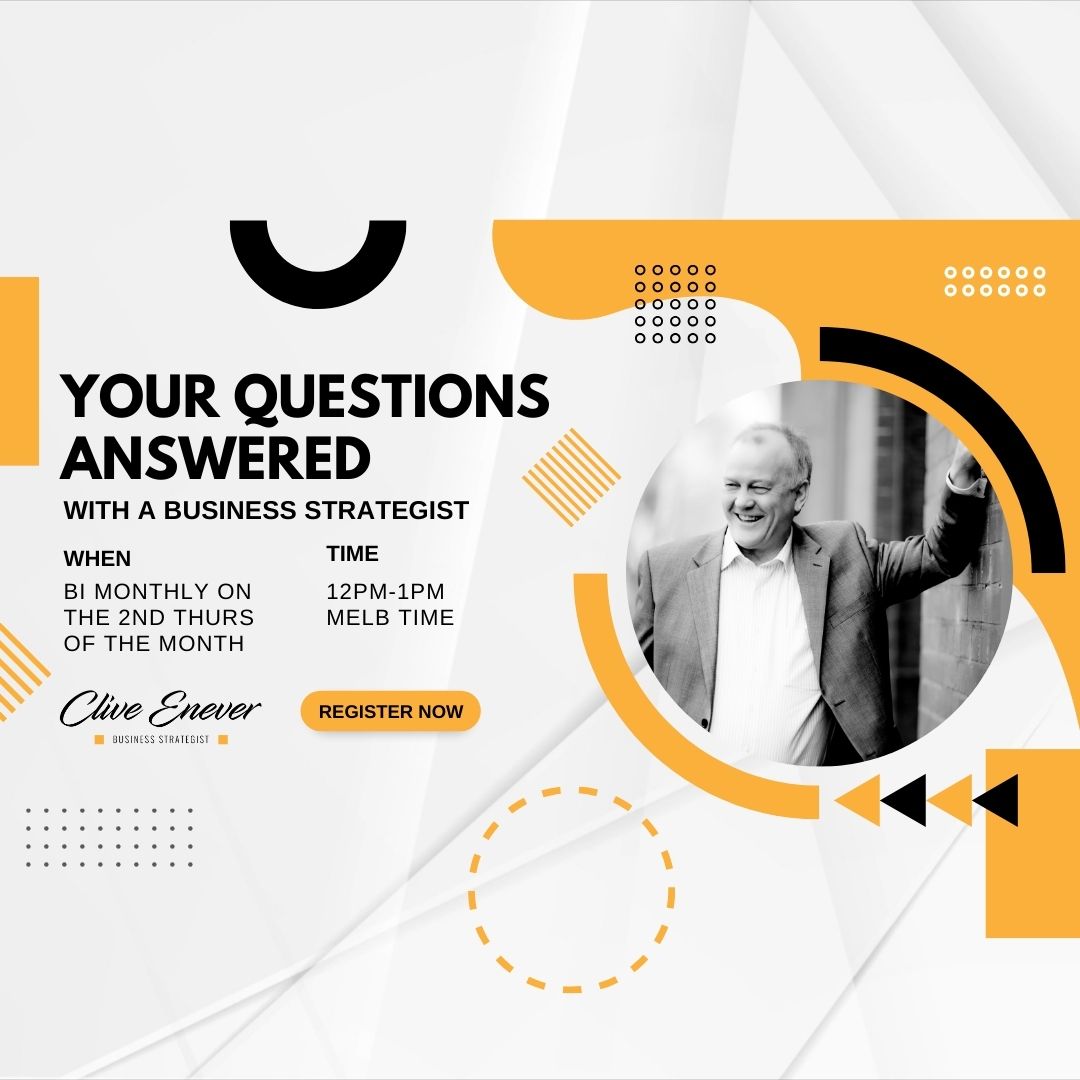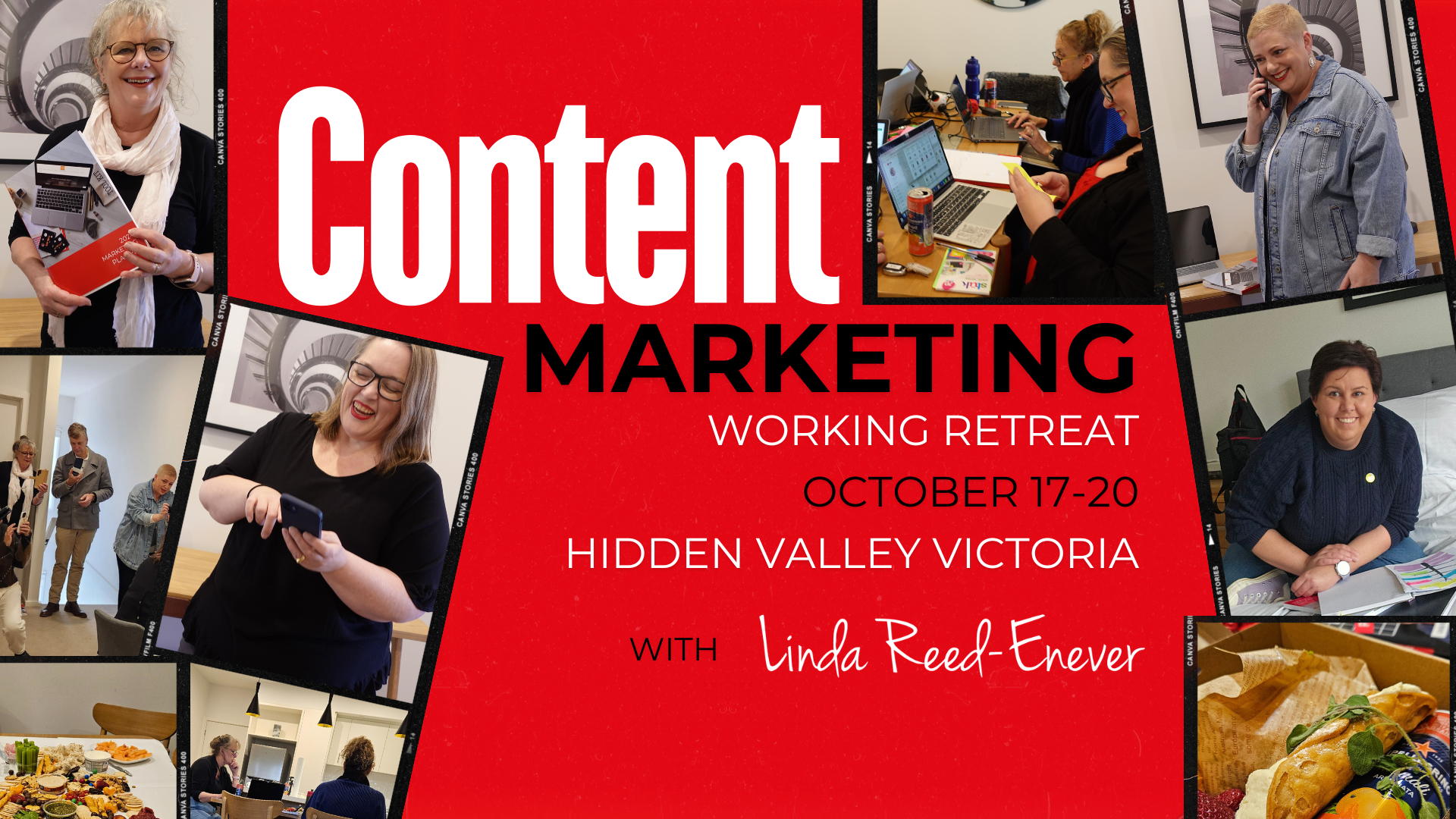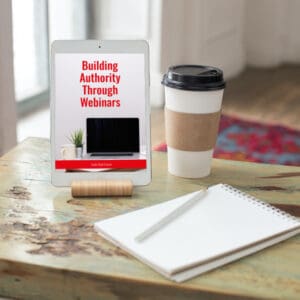There are so many content creation and delivery method options open to us as course creators. Thanks to the internet, we are now able to engage most learning styles with a mix of content that makes learning interactive as well as informative.
To Camera Video:
Video content is extremely engaging, conveys emotions, and helps you connect with your audience. By comparison, it can be quick to produce pretty good videos and time-intensive to create “perfect” videos, so don’t aim for perfect, aim for repeatable and engaging. Being YOU and real is better than being a perfectionist.
Screencasting:
Screencasts are technology-based recordings of what’s happening on your computer screen. They are ideal for explaining technical concepts and tutorials on your computer.
Audio:
Whether it’s a quick voice recording or a recorded podcast, audio is a great way of catering to those auditory learners while also offering a content style that participants can absorb on the run. The benefit of audio is that people can use it while on a bus, driving or pottering about doing other daily tasks.
It’s also a simple content type to produce and can be done on your mobile phone, tablet or computer. For a more polished audio lesson, use a script, which you can then repurpose into key takeaways or notes.
Text either as PDF or with video and images:
Text is stagnant content that works well for explaining detailed concepts in a way that may need to be referenced multiple times.
Within a course, it’s great for giving additional explanations, details, or critical information to review. It’s also extremely easy to share.
Slides with or without voice:
Slides are visual content that helps showcase the most important information you’re explaining. By literally spelling it out for students, you’re helping organise complex concepts into an easily organised system of slides, bullets, and sub-bullets.
In addition, slides are a HUGE help to you. As you record your course content, you can use slides as speaking cues OR you can hide your scripts within presenter notes.
Quizzes:
Quizzes are a great way to measure the effectiveness of the information you have shared and if your students are taking in what you share.
They are also interactive so they allow the student to feel as if they are doing something too.
Surveys:
Surveys are great, especially if you are running a live course as they allow you to see where your students are at on a certain topic, or what they would like to learn next.
Infographics:
Infographics aren’t just for Social Media, they can be used as a visual and engaging way to share information in your courses too.
When given the opportunity, people would much rather look at an image or watch a video than reading, and taking advantage of that for your online course design can help improve learner engagement by appealing to the common preference of visual learning.
What to choose?
A mix of the methods that allows you to engage a cross mix of learning styles so you keep your students motivated. Download the Course Planning sheet to create your course delivery plan. You will find the planning sheet in our VIP members area.
Get More Course Creation Tips as a VIP Member
As a Course Creators Circle Member you get access to our Course Creation Process from getting that content out of your head right through to launching and marketing your courses.
With access to our Course Creation VIP, you can ask all your course creation questions from Course Creation Expert, Linda Reed-Enever.

